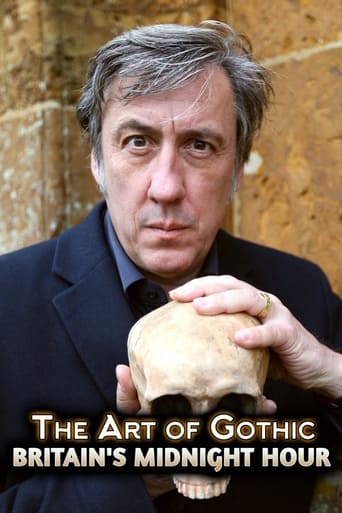Trending Searches:
Popular Movies:

Andrew Graham-Dixon explores how a group of 19th-century architects and artists spurned the modern age and turned to Britain's medieval past to create iconic works and buildings.
... View MoreThe movie is currently not available onine
